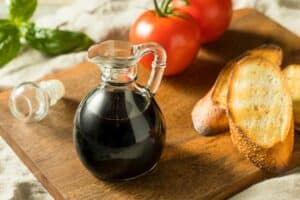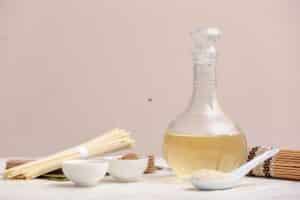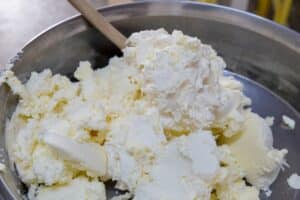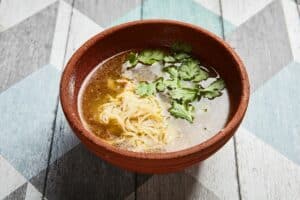Palm shortening is probably one of the most widely-used types of shortening. It’s a semi-solid fat from palm oil and a widely used ingredient in baked goods worldwide.
But no matter how perfect it is for baking, you don’t have to give up on your baking plans just because you don’t have palm shortening on hand.
Your cupcakes, pies, and pastries can definitely be made with a variety of palm shortening substitutes, such as butter, lard, vegetable shortening, margarine, and coconut oil.
So, let’s take a quick look at the top palm shortening substitutes you can use for your culinary creations without sacrificing their flavor and quality.
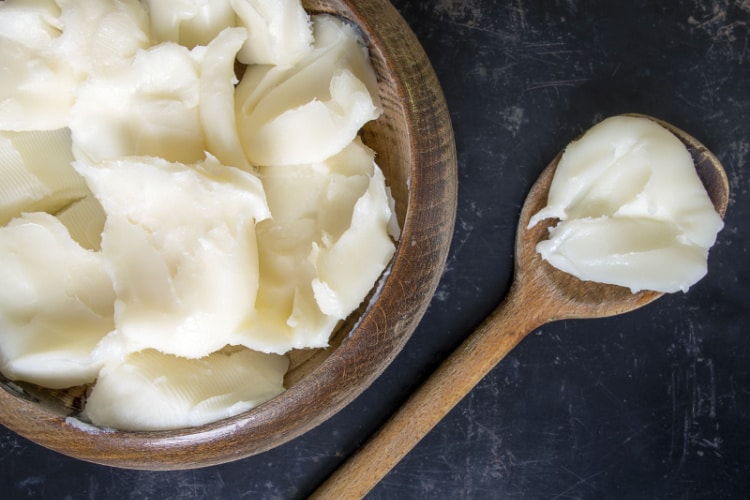
What Does Palm Shortening Taste Like?
Palm shortening is a semi-solid palm oil that’s devoid of unsaturated fats. It has a bland taste and doesn’t actually impart any flavor to food items as butter or other oils do.
However, palm shortening also has a rich texture, most commonly utilized in baked delicacies like bread, cupcakes, cookies, and cakes.
Palm shortening also has a high smoking point, which prevents burning even when cooked at high heat. As a result, it’s frequently used in grilled meat recipes and deep-fried foods.
Nutritional Value of Palm Shortening
One tablespoon of palm shortening contains:
- 120 calories
- 14g fat
- 0g carbs
- 0g proteins
- 0g fiber
When we examine the nutritional content of palm shortening, we can see that one tablespoon, or 15 grams, typically has 120 calories in it. Nevertheless, none of these calories include trans fat.
Overconsumption of trans fats might result in weight gain, followed by potential risk of diabetes and heart disease. So, even though palm shortening lacks vital vitamins and minerals, we can see why people prefer it to other kinds of shortening.
Substitutes for Palm Shortening
| One tablespoon of: | Calories | Fat | Carb | Protein | Fiber | Substitute Ratio |
|---|---|---|---|---|---|---|
| Vegetable Shortening | 113 | 12.8g | 0g | 0g | 0g | 1:1 |
| Coconut Oil | 117 | 13.6g | 0g | 0g | 0g | 1:1 |
| Margarine | 75 | 8.46g | 0g | 0.09g | 0g | 1:1 |
| Lard | 115 | 12.8g | 0g | 0g | 0g | 1:1 |
| Fresh Butter | 102 | 11.52g | 0.01g | 0.12g | 0g | 1:1 |
Vegetable Shortening
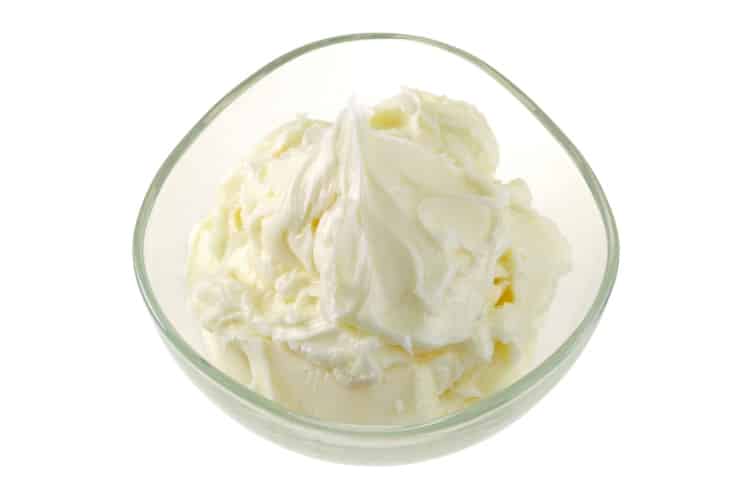
The main distinction between the two is that vegetable oil is made of cottonseed or soybean rather than palm oil.
Nevertheless, vegetable shortening is a fantastic replacement for palm shortening. This is because they both impart the same solid texture to baked goods and have a neutral flavor.
Vegetable shortening is frequently used in frostings because it doesn’t melt at room temperature. Cookies created with vegetable shortening have a crisp texture, and pie crusts made with this substitute will also be flaky, like those made with palm shortening.
Coconut Oil
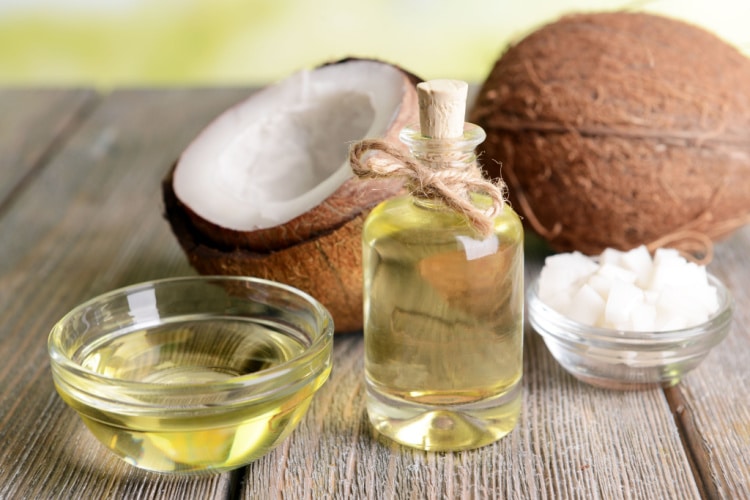
Cooking with coconut oil is a pleasant and healthy way to enrich your favorite recipes. It’s an excellent substitute for frying, baking, and sautéing since it works well at greater cooking temperatures.
Furthermore, coconut oil is a great source of good fats that help maintain a healthy immune system.
When buying coconut oil, however, be sure to choose an unprocessed, 100% natural oil because it tastes better and includes more heart-healthy fats.
Coconut oil’s natural flavor may be rather overpowering, but there are also instances where it complements the flavor array of the dish. For instance, recipes that include other coconut-based ingredients, like coconut cream and coconut milk, go great with coconut oil.
Margarine
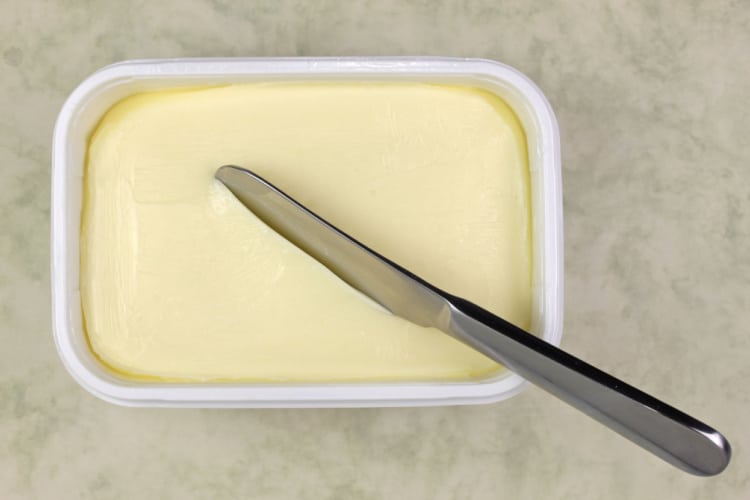
Margarine is another excellent way to replace palm shortening in your recipes.
Now, margarine is a product derived from vegetable oil, much like shortening. However, it does contain a lot of water. As a result, you should anticipate that baked foods may become moister in texture.
Margarine resembles butter in appearance and flavor, but it’s not a dairy product, so it’s perfect for people who follow a dairy-free diet.
If you want your recipes to still taste as though they use butter but still like palm shortening’s vegetable base, then we suggest using margarine as a replacement.
Lard
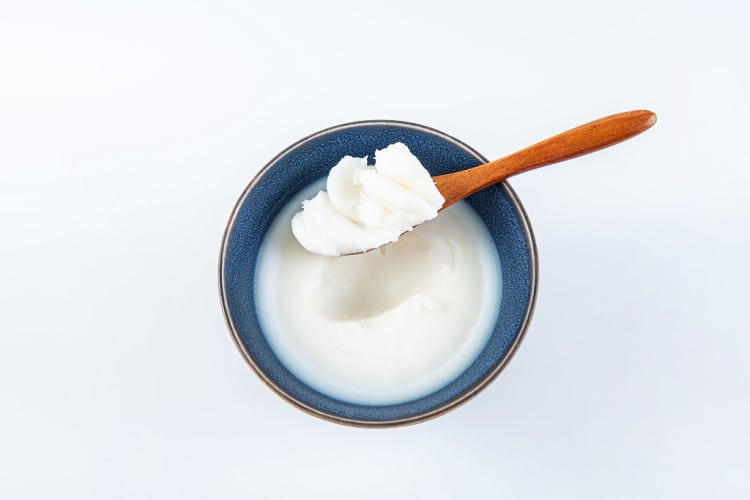
Lard is an alternative made from pork fat and is frequently used in many classic dishes, like Mexican Carnitas.
Lard is perfect for frying since it has a high smoke point. It imparts the same taste to every baked item and has no particular flavor on its own.
Food that has been prepared with fat usually has a crispy outside and juicy inside. However, given that it is entirely composed of animal fat, it isn’t the vegetarians’ and vegans’ preferred substitute for palm shortening.
When choosing, it’s crucial to pick a lard of outstanding quality. Avoid lards that include additives or preservatives, and look for products made entirely from pork fat.
Fresh Butter
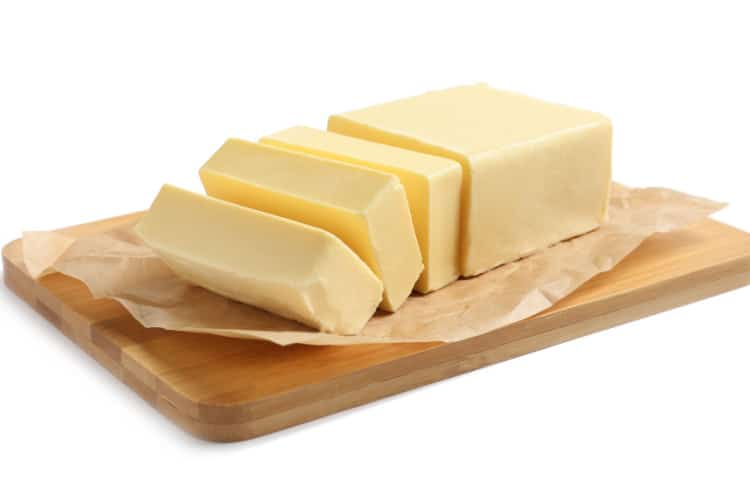
Fresh butter is one of the most consumed dairy products globally.
Butter is less fatty than palm shortening, which is one of the main distinctions between the two.
Because of this, pastries baked with butter are frequently softer, while pie crusts may turn out less flaky than with palm shortening.
If the softer texture doesn’t bother you, then you should opt for butter in your recipe. In most cases, you probably won’t notice any difference, but the butter’s added flavor, particularly noticeable in baked goods, is practically irreplaceable.
Popular Recipes That Call for Palm Shortening
Reading about palm shortening, coconut oil, and other rich ingredients certainly made us crave baked goods. Therefore, it would only be fair to highlight a few of the tastiest recipes that call for palm shortening.
Each one is delicious and has a soft, tender texture. Additionally, they are specially designed for health-conscious individuals who adhere to grain-, dairy-, and gluten-free diets!
Chicken Pot Pie
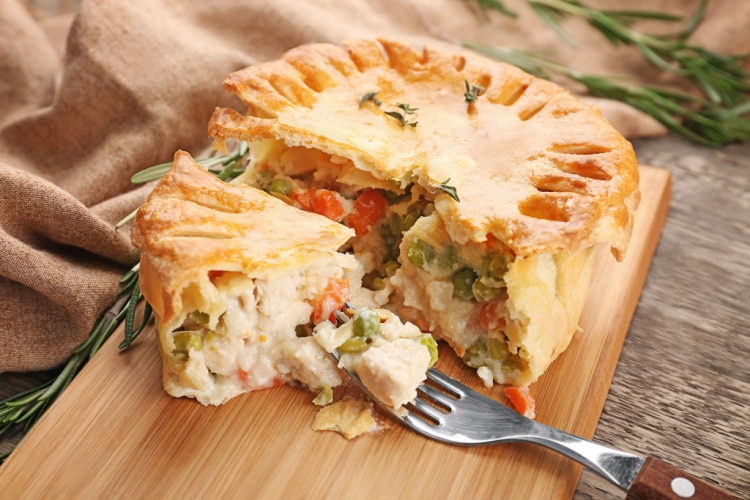
This chicken pot pie is the ideal cold-weather comfort dish. It has a wonderful buttery crust, as well as a flavorful interior of chicken and vegetable broth. We love this recipe for its gluten-, dairy-, and grain-free qualities and its versatility in ingredients.
You can also replace the veggies and meat with something else — feel free to add whatever you and your family like best!
Pumpkin Pie

If you follow a grain-free diet, then you’ll most certainly fall in love with this pumpkin pie. The pie is filled with cinnamon, pumpkin puree, and vanilla extract. After that, it’s topped with a pecan praline layer and served with whipped coconut cream. Perfect for a Thanksgiving dessert!
Salted Caramel Apple Tart
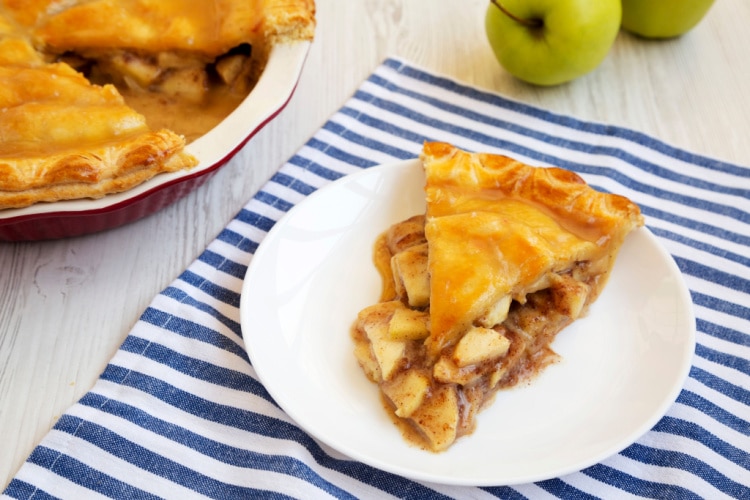
This stunning salted caramel apple tart is a mouthwatering autumnal treat. You won’t believe how simple it is to prepare such a lovely dessert. The dish is perfect for people who avoid dairy, gluten, or grains in their diet.
A lovely buttery pastry crust serves as the foundation. The filling? Juicy apples and sauce made of salted caramel.
Chocolate Cupcakes
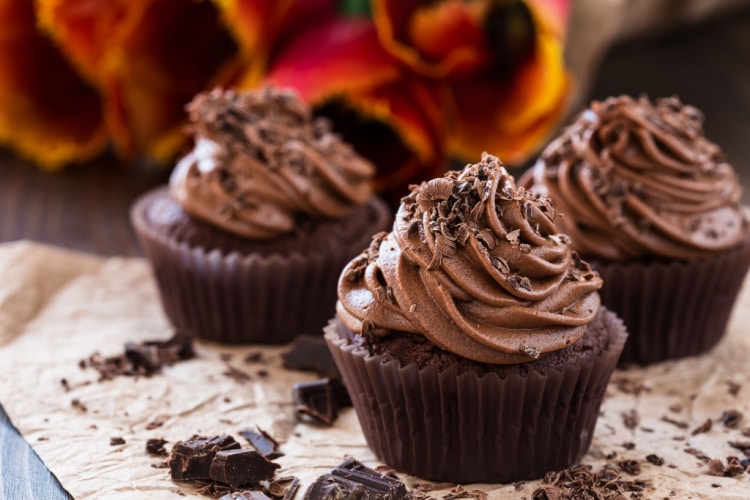
Birthdays and holidays are ideal occasions to create some creamy chocolate cupcakes. With buttercream icing on top, the cupcakes have a moist and delicate feel.
Still, there aren’t many recipes that use palm shortening and are also free of gluten, dairy, and nuts. Fortunately, this one includes them all, and they taste great!
Questions & Answers
Palm shortening is healthy. It doesn’t include trans fats, so it’s regarded as healthier than traditional shortenings.
In contrast to extra virgin olive oil, though, which has significant levels of monounsaturated and polyunsaturated fatty acids, palm shortening is less healthy.
While palm shortening isn’t harmful to your health, the massive plantations of palm trees in Malaysia and Indonesia may be harmful to the ecosystem. This is the main controversy around palm shortening — the production of palm shortening may affect thousands of animal species’ natural habitats and tropical forests.
Actually, palm shortening is merely palm oil that has had part of its unsaturated fats removed. It is ideal for baking and frying since it has a high smoke point of over 230°C, while oil does not.
Can one be used in place of the other? Well, that depends on what you’re making. These two might be substituted in a pinch if you’re using them as cooking oil to stir-fry some veggies, for instance.
However, if you’re baking something, you might not get the same results. Shortening provides a different texture, and it’s known for making baked goods more flaky and tender than palm oil.
Conclusion
Regardless of why you need palm shortening substitutes, it’s nice to know which ingredients blend nicely with others or which ones may be used interchangeably. We hope that our guide helped you in that regard.
If you’re still unsure about which alternative to use instead of palm shortening, here’s a refresher: coconut oil is the healthiest option, and margarine is ideal for people on dairy-free diets. Moreover, lard is an often overlooked gluten-free option, while vegetable oil is great for cookies.
Good luck with your recipes!

